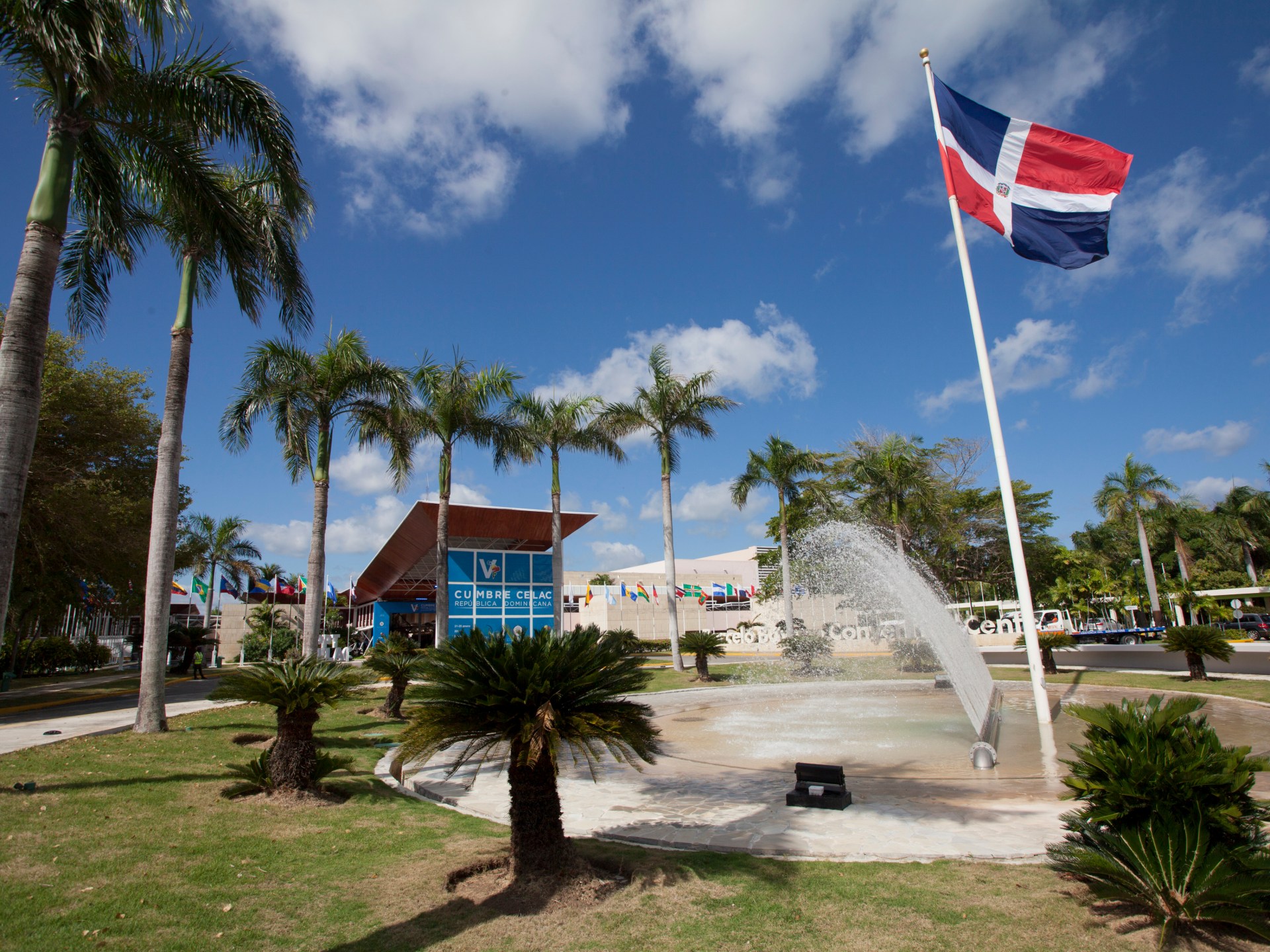
In February, the Dominican Republic will become the first Caribbean country to conduct a test four-day work weekafter similar attempts in countries like that Great Britain.
The six-month pilot will be voluntary for companies and will not involve any pay cuts for participating employees.
The increasing calls for a shorter work week stem from discussions in the COVID-19 era and anecdotes that long and personal work hours do not necessarily guarantee higher productivity.
So what is the four-day week trial in the Dominican Republic, and has it been successful elsewhere?
What is the test of the four-day week in the Dominican Republic?
Starting in February, organizations in the Caribbean state can choose whether to introduce a six-month trial version of a four-day week.
The standard week is shortened from 44 hours to 36 hours and usually runs from Monday to Thursday. Employees will continue to receive the same salaries.
Companies expected to take part in the trial include the State Health Insurance Agency; Energy supplier EGE Haina; Claro, a Latin American telecommunications company; and IMCA, a heavy equipment company.
A local university was commissioned to analyze the results, including any health changes in workers and the relationship between work and home life.
How does a four-day week actually work?
With a four-day week, the workload typically remains the same. But companies, managers and their teams are being forced to prioritize even more than they otherwise would have to and perhaps cancel some meetings.
But according to the Dominican Republic’s labor minister, Luis Miguel de Camps, a four-day week model must emphasize something else.
“It puts people at the center, improves health and well-being and promotes sustainable and environmentally friendly productivity,” said de Camps.
Where was a four-day week tried out – and what happened?
Several countries around the world have tested or legislated a four-day week, particularly since COVID-19, reigniting discussion about workplace flexibility, productivity and work-life balance.
In 2023, the United Kingdom introduced the so-called biggest process a four-day week and achieved positive results. A total of 61 companies joined the test, 56 extended it, and 18 made the change permanent.
Around 2,900 employees were involved in the pilot project in the UK. Surveys conducted before and after the study found lower stress levels among employees.
More than half of employees surveyed said it was easier to balance work and home responsibilities, while 40 percent also said they slept better.
Other benefits that emerged from the UK study included:
- Employees needed less sick leave because they had more time to recover physically and mentally from work and the stress that comes with it.
- Gender parity has improved. Men contributed more to household and family tasks when they had three-day weekends.
In Japan, where nearly 3,000 people died from overwork in 2022, larger companies like Microsoft have tested the four-day week and found positive results.
Are there any other success stories?
Iceland tested a shorter work week between 2015 and 2019. Approximately 2,500 public sector employees took part.
The results: Workers were less stressed and productivity did not suffer.
The trial found that Icelandic unions renegotiated contracts for more than 85 percent of the country’s workforce to reduce working hours.
But are all four-day workweeks the same?
In February 2022, Belgium became the first European country to legally introduce a shorter working week. Employees can choose to work four days per week instead of five without losing their salary.
But there’s a catch: you still have to work 40 hours. In other words: If you choose the four-day week, you have to work 10 hours a day.
In 2021, the government of the United Arab Emirates announced that all public sector organizations would operate for them four and a half days per week. However, workers in the country still spend some of the highest hours at work, averaging 52.6 hours per week per person employed.
How about going longer instead of shorter?
In India, recent calls for a 70-hour week have sparked heated debates.
In 2023, Narayana Murthy, the famous co-founder of the Indian multinational technology company Infosys, recommended that this could increase the country’s productivity and economy.
India’s economy is already the fastest growing economy among the G20 countries. And Indians already work an average of 47.7 hours per week higher than According to the International Labor Organization, the average is 36.4 in the United States or 36.6 in Japan.
In China, some companies practice a “996” work culture in which employees work from 9 a.m. to 9 p.m., six days a week. However, the average weekly working time is 46.1 hours.
Still, Murthy suggested it The younger generation is not hardworking enough.
“India’s labor productivity is one of the lowest in the world. Our young people have to say: This is my country, I want to work 70 hours a week,” he said during a podcast. India’s unions have hit back at Murthy’s comments.






Recent Comments